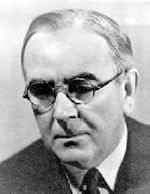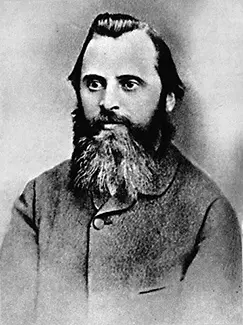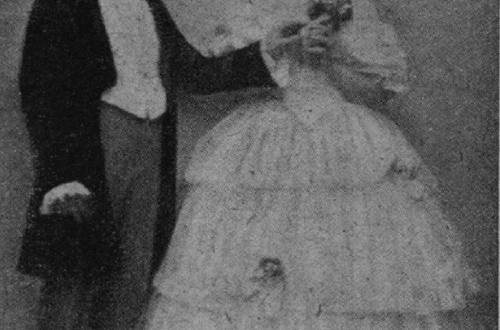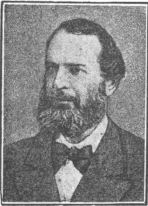
John Ireland |
John ireland

In 1893-1901 he studied with F. Cliff and C. Stanford (composition) at Korolyov. music college in London; after graduation, he served as organist of the cathedral in Chelsea (London). In 1923-39 professor of composition at Korolyov. music college (among his students – A. Bush, B. Britten, E. Moran).
In early productions A. affected the influence of I. Brahms, German. romantic schools, later – French. impressionists and I. F. Stravinsky. Striving for the approval of the national music school, A. developed the ideas of “eng. music revival” (see English music) and studied Nar. UK music. Later revised his aesthetic. views, destroyed almost all of his early writings. A new stage of creativity began with the wok. cycle “Songs of a wayfarer” (“Songs of a wayfarer”, 1903-05) and trio-fantasy (Fantasy-Trio a-moll) for piano, skr. and VC. (1906). The best products A. – in instr. genres. They are distinguished by emotional saturation, originality, freshness of muses. language means. composer technique.
Compositions: for orchestra. – Prelude Forgotten Rite (The forgotten rite, 1913), symphony. rhapsody Mei-Dan (Mai-Dun, 1920-21), overtures – London (1936), Satyricon (after Petronius, 1946), Pastoral Concertino (for strings, 1939), etc.; concerto for fp. with orc. (1930), Legend (1933); chamber ensembles – 2 strings. quartet, 5 fp. trio, instr. sonatas, including the fantasy sonata for clarinet and piano, (1943); St. 100 wok works, including choirs; pieces for organ, for piano. church op., music for radio post. and films.
References: Hill R., John Ireland, in: British music of our time, ed. by AL Bacharach, L., 1946, p. 99-112.
G. M. Schneerson





